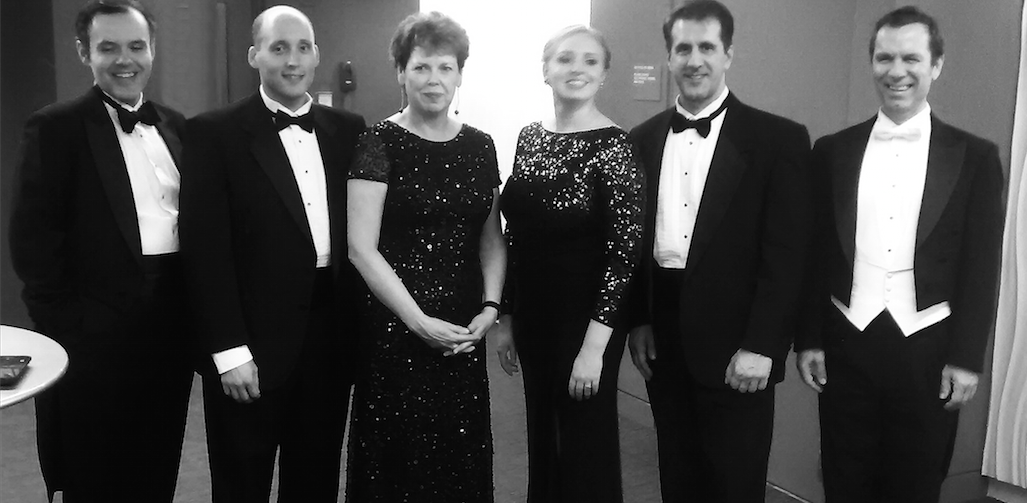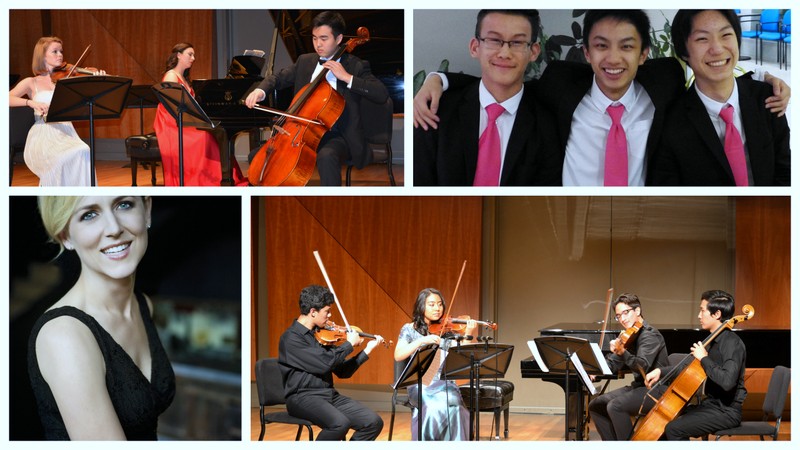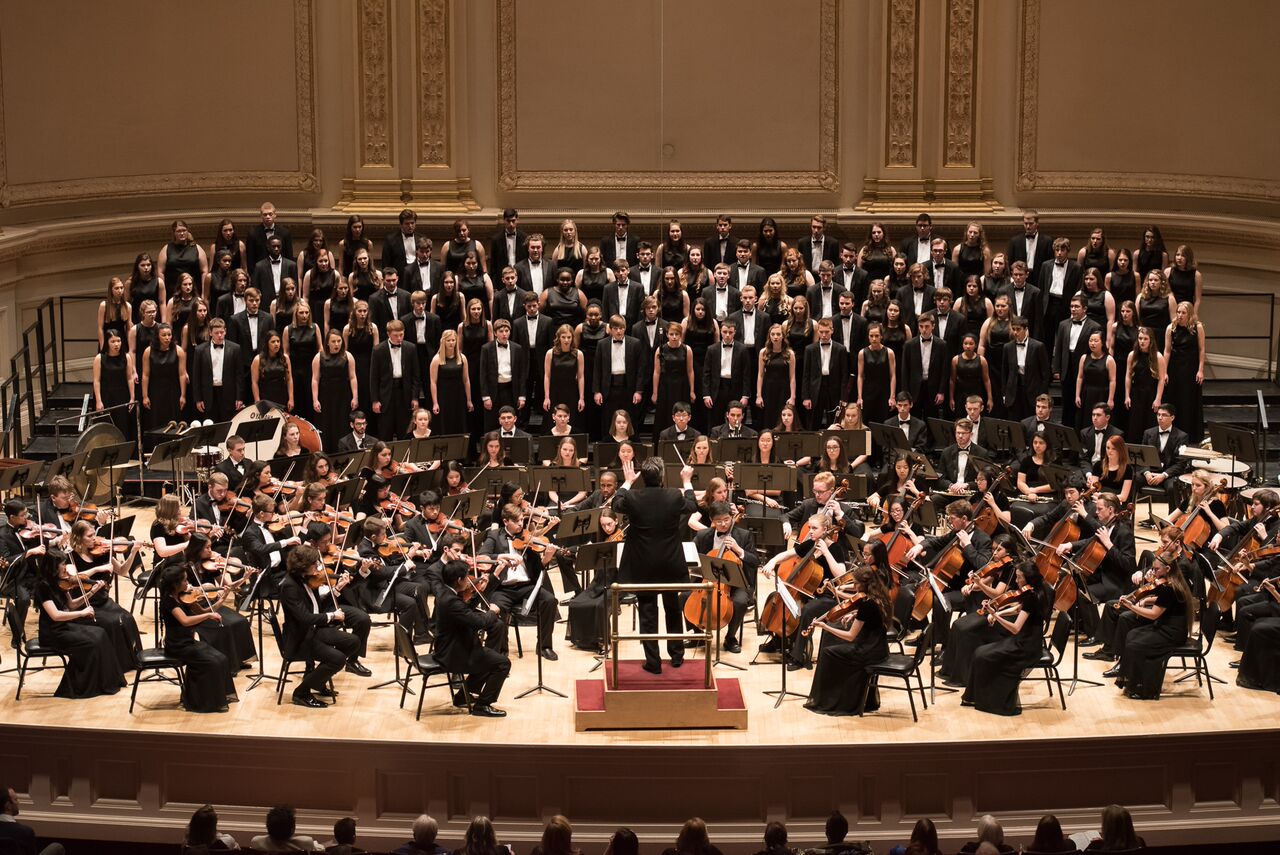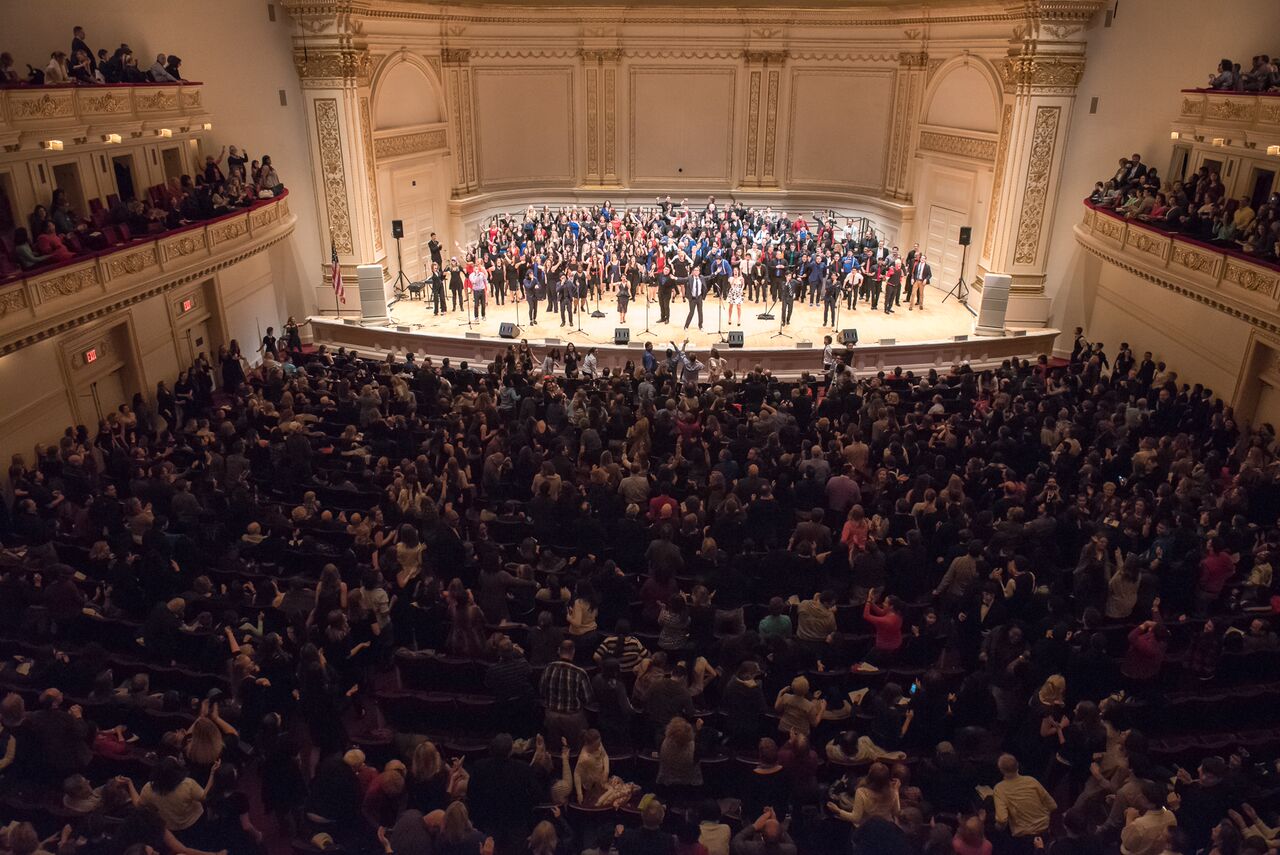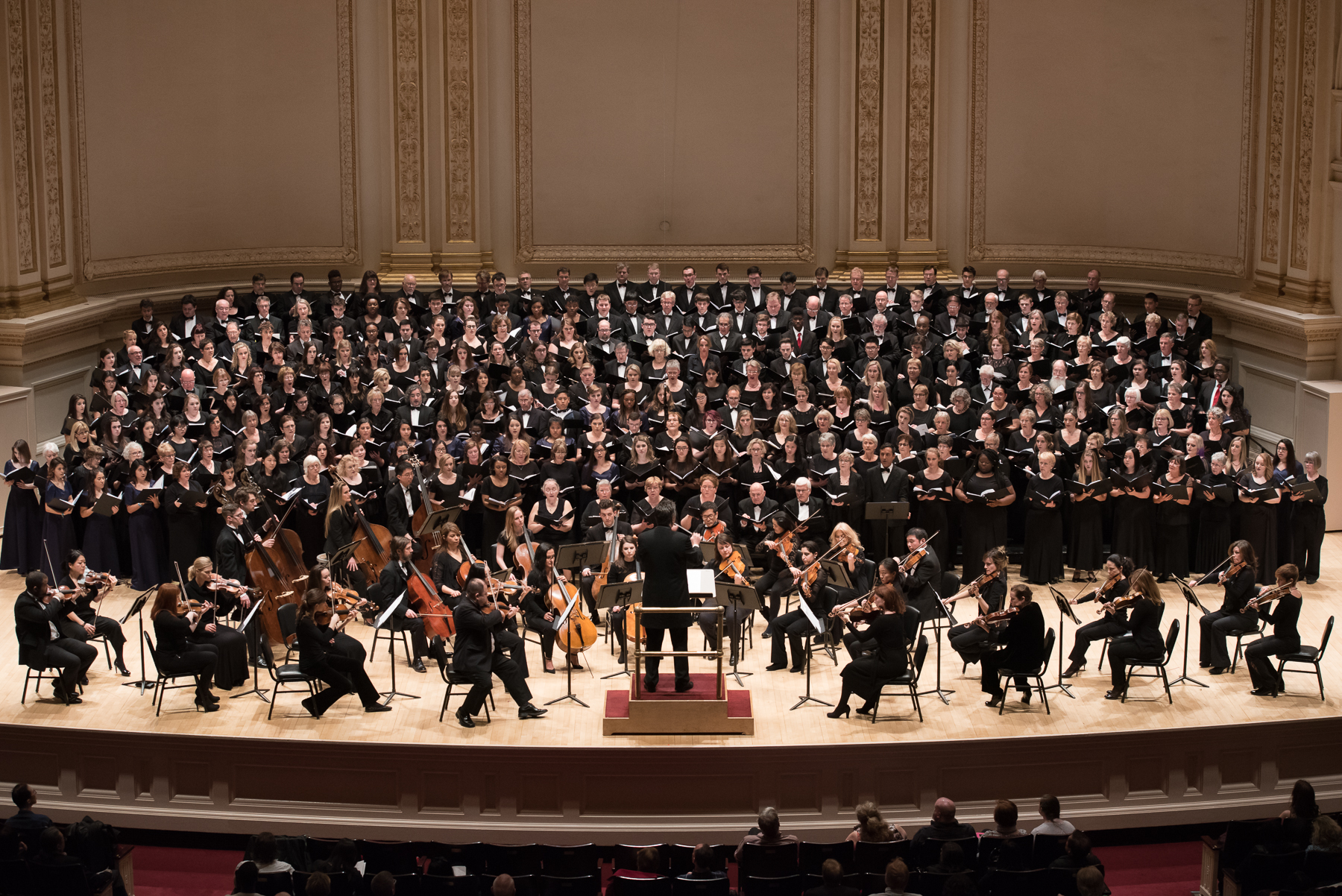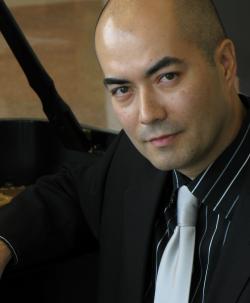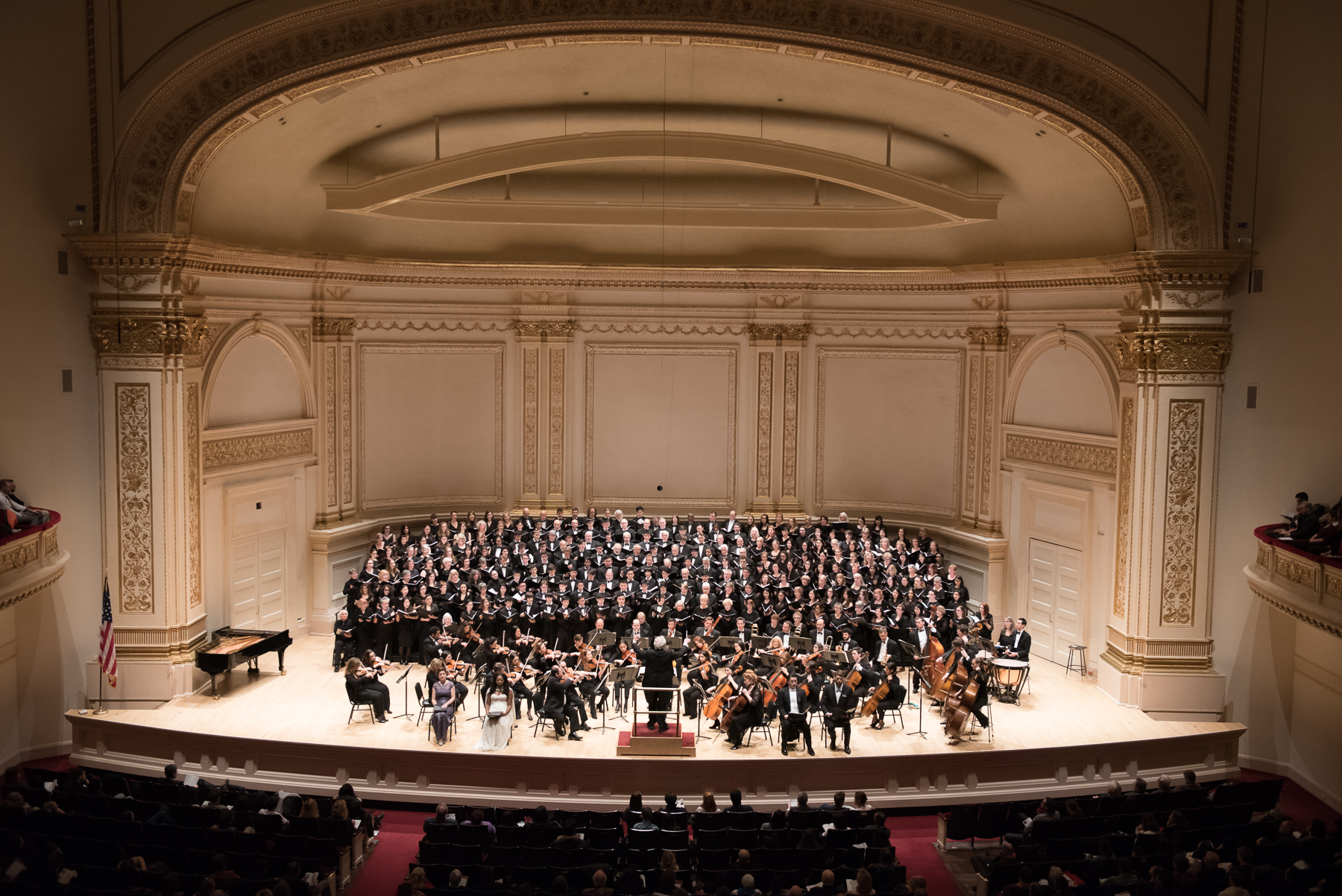The Ullmann Project-II
Dominique Hellsten, Artistic Director
Dominique Hellsten and Monique Niemi, sopranos; Jason Plourde and Will Robinson, baritones; Craig Ketter and Matthew Odell, pianists; Johannes Landgren, organist
Saint Peter’s Church-Citicorp Center, New York, NY
April 19, 2016
Dominique Hellsten continued her ardent advocacy for the music of Viktor Ullmann (1898-1944) with the second installment of her Ullmann Project. In the series, she situates Ullmann’s music in context with other contemporaries, including teachers, friends, fellow prison-camp inmates, and Anthroposophists, composers (Petr Eben (1929-2007), Erich Wolfgang Korngold (1897-1957), and Alexander Zemlinsky (1871-1942)), and poets. Ms. Hellsten chose the unusual venue of a church in order to be able to include striking works by Petr Eben for voice and organ and organ solo. The venue in fact led to a decreased sense of enjoyment on my part, which I will outline briefly before proceeding to compliment the performers on their committed renditions.
First: The hall’s acoustic is not conducive to speech, and really not to singing either. In the previous concert of this series, there had been a pre-concert talk, separate from the music. There was too much barely intelligible talking on this occasion. The acoustic devoured consonants too.
Second: The lighting was dreadful. It created dark “eye pits” on all the singers’ faces. Second only to the voice, eyes are the most expressive tool a singer has. This was a great shame.
Third: The superb collaborative pianists, Craig Ketter and Matthew Odell, had to contend with a shabby, out-of-tune, small grand piano. Only the excellent Swedish organist, Johannes Landgren, escaped unscathed; he was playing the church’s good instrument in the space for which it was designed.
There is a regrettable sameness to much of the music presented, unavoidable in music created in nearly the same time period, with late-Romantic influences predominant. Eben actually emerged as the most progressive voice—he survived his concentration camp internment. As Mr. Landgren told us, Eben held hands with his brother (both stripped naked) in a delousing shower, not knowing whether water or poison gas would come out of the shower heads. This led him to a spiritual epiphany that lasted the rest of his life.
Ullmann’s music, when heard in such quantity, seems to proceed a fitfully, with interesting ideas that too often remain undeveloped fully. Zemlinsky is definitely old-fashioned by comparison, and Korngold has his customary prodigious “sheen” and refinement, while not really adding anything new to musical vocabulary.
The evening began with six Geistliche (Spiritual) Lieder, Op. 20 by Ullmann, sung by Monique Niemi and assisted by Mr. Odell. She seemed somewhat stiff, though her voice was well-suited. The most interesting of the songs was the fourth: Marienlied, which ended on an unresolved major seventh.
Mr. Landgren then played the Mystery of Creation from a cycle of organ pieces by Eben called Job. It was indeed mysterious and striking, sounding a bit like a central-European Messiaen. Mr. Landgren then accompanied Ms. Hellsten in the Lied der Ruth, which despite its German title was sung in English. It was very good as well.
The first half of the program returned to Ullmann and his Drei Sonnette aus dem Portugiesischen, Op. 29 (words by Elizabeth Barrett Browning, translated by Rilke). They were in high expressionist style, a bit overwrought, with rousing high climaxes of passion in each. Ms. Hellsten’s élan was good, but each song had an unsatisfying ending (not her fault, but the composer’s).
After intermission, two baritones, Jason Plourde and Will Robinson, divided the twelve aphoristic songs Der Mensch und sein Tag (Ullmann’s Op. 47, composed in Terezín (Theresienstadt)). Mr. Plourde’s rendition of his six was excellent (somehow he managed clear diction), as was the support from Mr. Ketter. The songs are not even sentences, but brief, enigmatic strings of words, so great was the fear of accidentally transmitting a subversive message that could be picked up by the guards. The words depict random passing events of a day, and must have meant a great deal to those who heard them behind barbed wire fences. Mr. Robinson seemed too unrelievedly somber, his tone overly darkened.
Zemlinsky was represented by his Wedding-Dance and Other Songs (Op. 10), performed by Ms. Niemi, who seemed much more relaxed and charming here. All the singers used their arms in ways I found somewhat distracting, and they looked too serious or sad most of the time. There is virtue in standing still (not stiff!) and using your vocal tone and face to convey emotion. And again, had one been able to see their eyes, the story may have been different.
Ms. Hellsten returned to as she put it lighten the mood with Korngold’s lovely Three Songs, Op. 22. She understands the idiom beautifully, but the material really needs a fresher voice, like the character of Sophie from Richard Strauss’ Der Rosenkavalier.
The concert closed with more Eben: his Die Nomine Caecilie for organ and soprano (Mr. Landgren and Ms. Hellsten), a really good piece that worked for the performers and in the acoustic. Then Mr. Landgren played the Dance of Jephta’s Daughter from Four Biblical Dances by Eben. The storytelling was vivid: Jephta’s father had promised that if he was victorious in battle, he would kill the first person he saw upon his return—it was his own daughter, dancing to welcome him home.
These concerts are so valuable in presenting unusual and rarely-heard repertoire that I do not wish to discourage anyone involved. However, the choice of location is very important, and perhaps going “outside” the context for more variety would make for a more entertaining concert, one that doesn’t feel like a graduate school lecture-recital.

